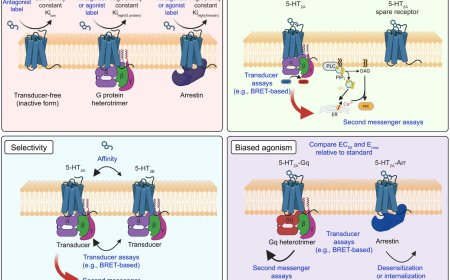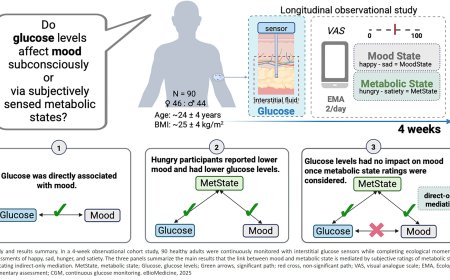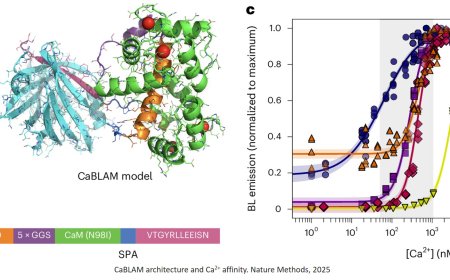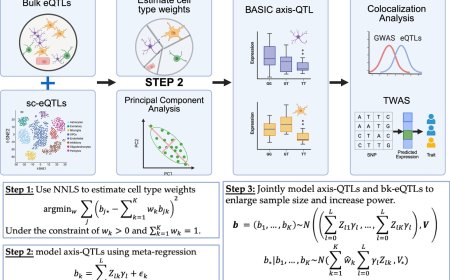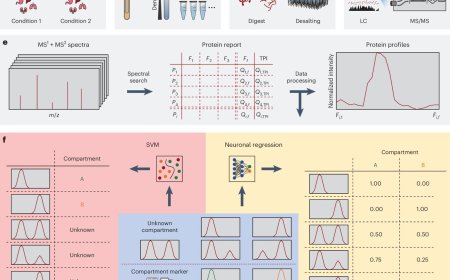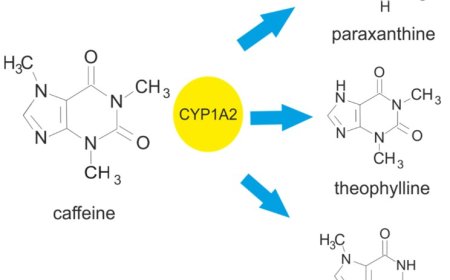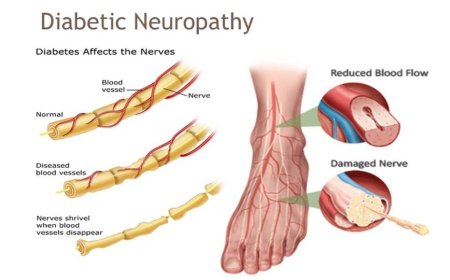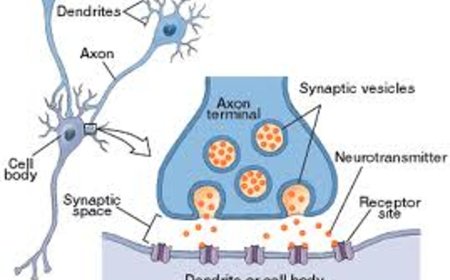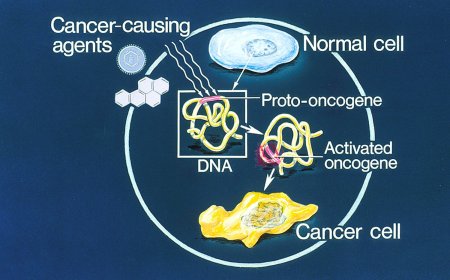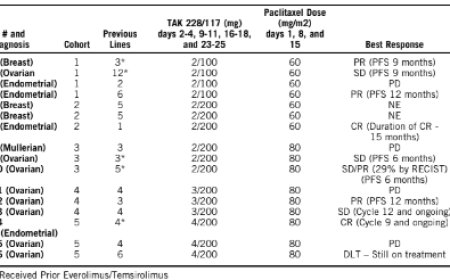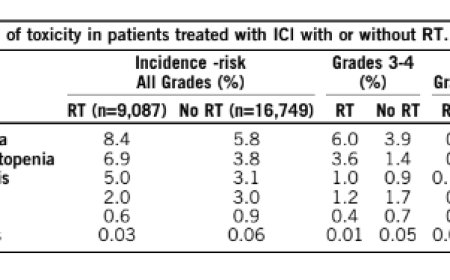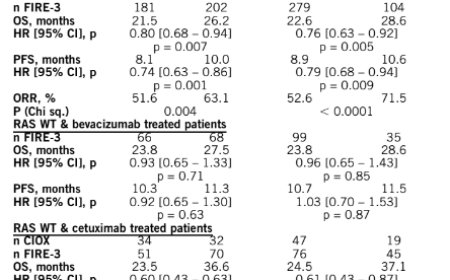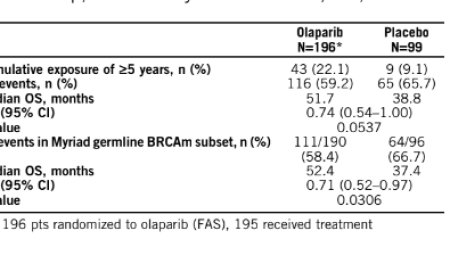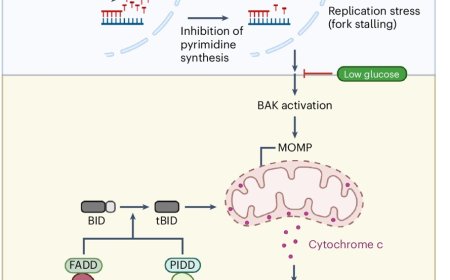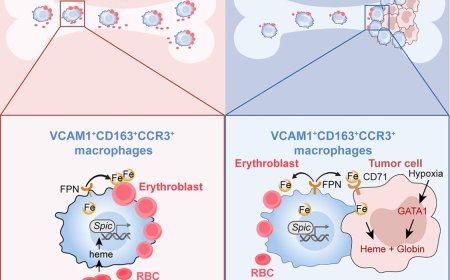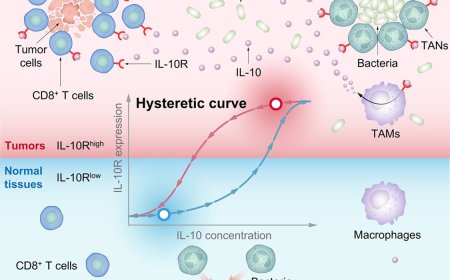CD36-dependent pathway to enhance cancer drug uptake

A new discovery could pave the way for more effective cancer treatment by helping certain drugs work better inside the body.
Scientists have found a way to improve the uptake of a promising class of cancer-fighting drugs called PROTACs, which have struggled to enter cells due to their large size.
The new method works by taking advantage of a protein called CD36 that helps pull substances into cells. By designing drugs to use this CD36 pathway, researchers delivered 7.7 to 22.3 times more of the drug inside cancer cells, making the treatment up to 23 times more potent than before, according to the study published in Cell.
Data from mouse studies shows this enhanced uptake led to stronger tumor suppression without making the drugs harder to dissolve or less stable.
The strategy called chemical endocytic medicinal chemistry (CEMC) takes advantage of a natural process where cells “swallow” molecules called endocytosis. It could change the future of drug design – especially for drugs that were once considered too big to work.
“This discovery is important because it could rescue many drugs that were previously considered unusable due to poor absorption and turn them into clinically useful treatments for diseases,” said a study author.
Most drug development focuses on tweaking molecules to improve their ability to slip through cell membranes by passive diffusion. But the new strategy takes a different path: using cell surface receptors like CD36 to actively bring drugs inside. CD36 is a protein abundantly found on the surface of cells in the intestine, skin, lungs, eyes, and even some brain cells.
The strategy was particularly successful for a class of complex, large-sized drugs known as bRo5 molecules, such as PROTACs, a type of targeted cancer therapy that breaks down proteins in cells.
These molecules usually have a hard time getting into cells because they’re very large – over 500 dalton (Da). Until now, it was unclear how they entered cells at all. In this study, the PROTAC drugs tested were over 1,000 Da, which is enormous by pharmaceutical standards.
But the modified PROTACs not only entered cells more efficiently but also showed greater tumor-fighting power, all while maintaining their stability and solubility – two crucial factors for effective medicines.
In doing so, the strategy overcomes the ‘Rule of 5’ barrier for drug development which holds that drugs larger than 500 Da are generally ineffective because they struggle to enter cells.
“This was completely unexpected in the research field,” said another study author.
“For decades it was thought that molecules this large couldn’t cross membranes effectively, since the endocytic cellular uptake of chemical compounds was unknown,” the author said. “Through chemistry and biology, we identified CD36 as a protein for uptake and optimized drugs better engaging with CD36 to internalize these drugs to more efficiently reach target protein.”
The findings will need to undergo further testing and evaluation in clinical trials before the strategy can be used in medications given to patients during cancer treatment.
Traditional cancer drugs, like kinase inhibitors, are designed to block just the enzymatic activity of a target protein – basically, they stop the protein from doing one specific job. But they don’t get rid of the protein itself.
However, many proteins have other functions beyond their enzyme activity and those can still help cancer grow and spread. That means the drug isn’t fully stopping the cancer, and over time, the cancer can become resistant to the drug.
“Since PROTACs degrade its target protein and activity, it is expected to achieve more potent efficacy and reduce the possibility of drug resistance in the future,” said the author.
PROTACs are being developed to treat cancer, neurodegenerative diseases like Parkinson’s, and other conditions where eliminating harmful proteins could make a major difference. Eight oral PROTAC drugs are being tested in clinical trials — including a recent Phase 3 trial exploring one as a first-line therapy to break down estrogen receptors in breast cancer tumors.
But the new drug design extends beyond cancer treatment. Researchers say the findings suggest that many other large and complex drugs could be improved using the same strategy.


